Each day I read in various news reports and items about different safety situations and people getting hurt or killed.
It is rare that there is no report of a fatality somewhere.
These are real people getting killed doing their work. Most of these incidents are not new. Things like a boiler explosion, a grain silo explosion, a train wreck, someone caught between things, someone falling, a crane tipping over, a fire in a refinery, a boat accident, and I could go on and on. It is very sad to think of all the families, their losses and suffering.
The technology is there to avoid most of these situations. There are often safety people somewhere around the incident. Presumably there are supervisors around. Most of these incidents are not occurring with people who are working alone. Who is paying attention?
Tool-box sessions at the start of the day help some organizations.
Training is advocated by a lot of people. Some safety professionals look closely at the causes of these incidents. Sometimes the employer is cited by OSHA or fined. Some states pass new laws to try to force better compliance. All this is focused at things and situations, and not having the positive impact we all want.
Partnering with the People
All this safety stuff, the good and the bad, occurs through people. Most people want to be engaged and involved in their own safety…if anyone will listen. Many people are angry and cynical about safety because no one listens and just imposes the rules. Meaningful conversation is missing.
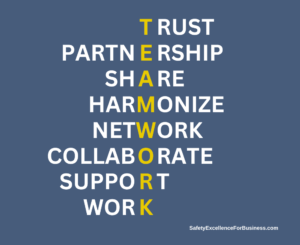
One of the top reasons the OSHA cites organizations is the lack of proper hazards communications.
Hazard Communicating is a core element of any OSHA safety training compliance program, yet it has often been trivialized. You would think that supervisors and safety people would utilize the HazCom opportunity to converse with employees on a regular basis – not wait for an annual review.
Hazards are in the workplace; people need to understand the hazards and Management needs to create the conditions for meaningful, respectful conversations to occur. The conversation avenue for partnering is right there – among our people, not only about hazardous chemicals, but about all safety concerns…all people concerns. Why is there this level of disrespect for the people doing the work? Who cares? This is not difficult work. It takes commitment and time, but aren’t these both worth doing to save a life?
As I engage with people about their work, they are usually quite willing to talk about it, and often have good ideas about how to improve the situation. I have found that in talking together to explore what is the best way to do something, the people get quite interested and pay a lot more attention to what they are doing. Talking with the people, listening, and learning together results in a lot fewer injuries and incidents.
Our safety efforts across the various industries needs to shift to working with the people. We need to help people do things right. We do not need new safety philosophies; we need to be with the people, talking together, listening, learning, growing, and releasing our skills and insights to really make a difference to improving workplace safety.
All of you can walk among the people in your organizations, talking together, listening, learning, and doing together. Try it for 20 minutes a day, every day, for a few months and see what happens. What do you suppose you will begin to see and hear?
Changes Before Us
Change is a time when the possibility for getting hurt increases. By the time you read this, we will have shifted back to standard time. Daylight hour will change. Conditions around commuting will change with different hours and day light.
Some people will be extra tired until they adjust to the different hours. Work conditions may change. Our weather will be getting colder, often wetter, and slippery. Our windshields will need scraping, so we need to start a little earlier.
All this change, the bigger and the smaller ones, will cause us to be more alert and focused. Please pay attention to yourself, others and come home safely each day.
Below is a link to a short recap video on Hazards Communication. As you watch this, count how many opportunities you are provided with daily to:
1) Talk up general and/or chemical safety
2) Converse respectfully with an employee about the work
3) Respect and honor the individual and the task being done
Communicating is a huge key to Partnering in the Workplace. HazCom communications lend an excellent start for meaningful conversations across the board.
Hazard Communication Training for General Industry
from SafetyVideos.com
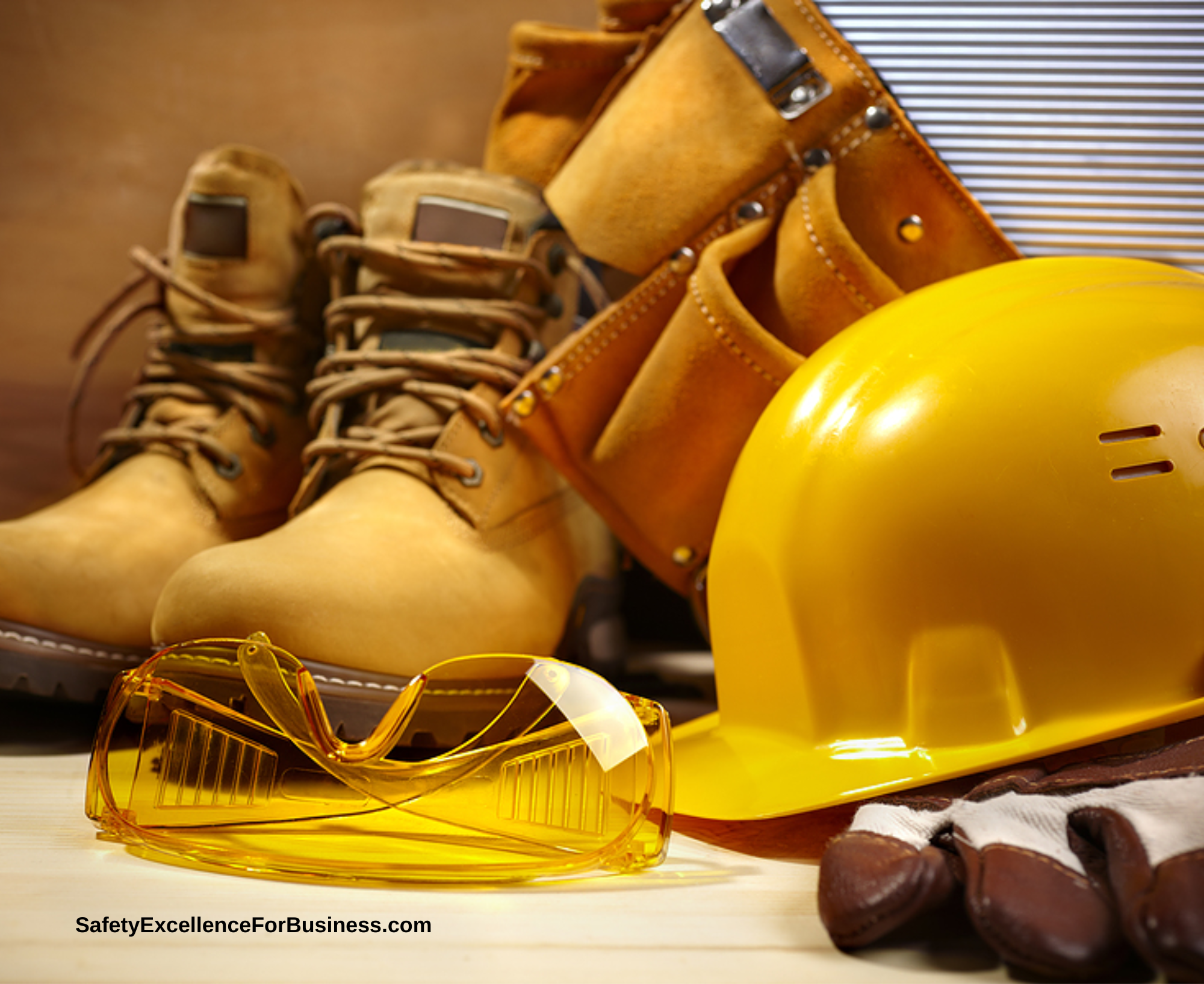
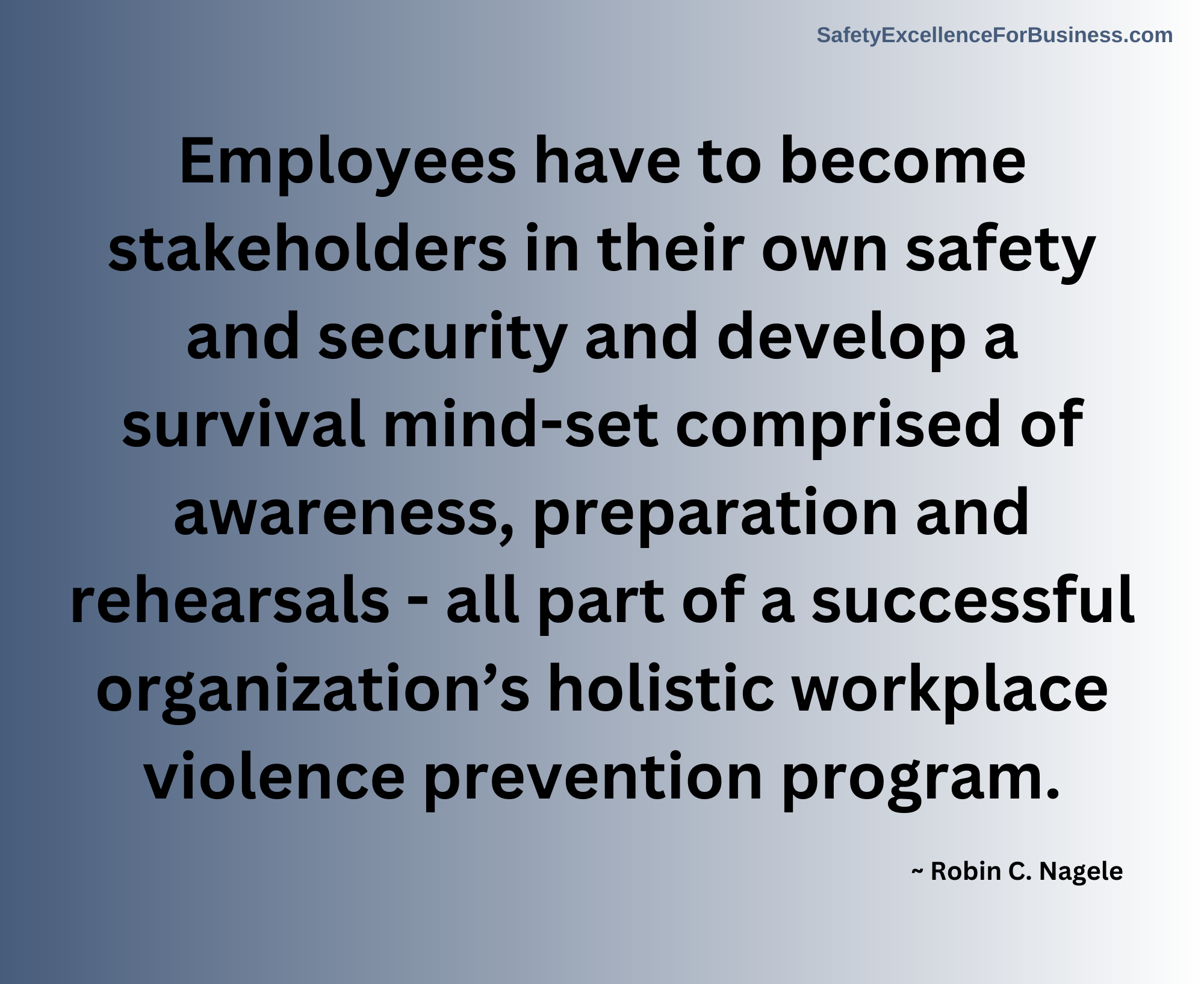
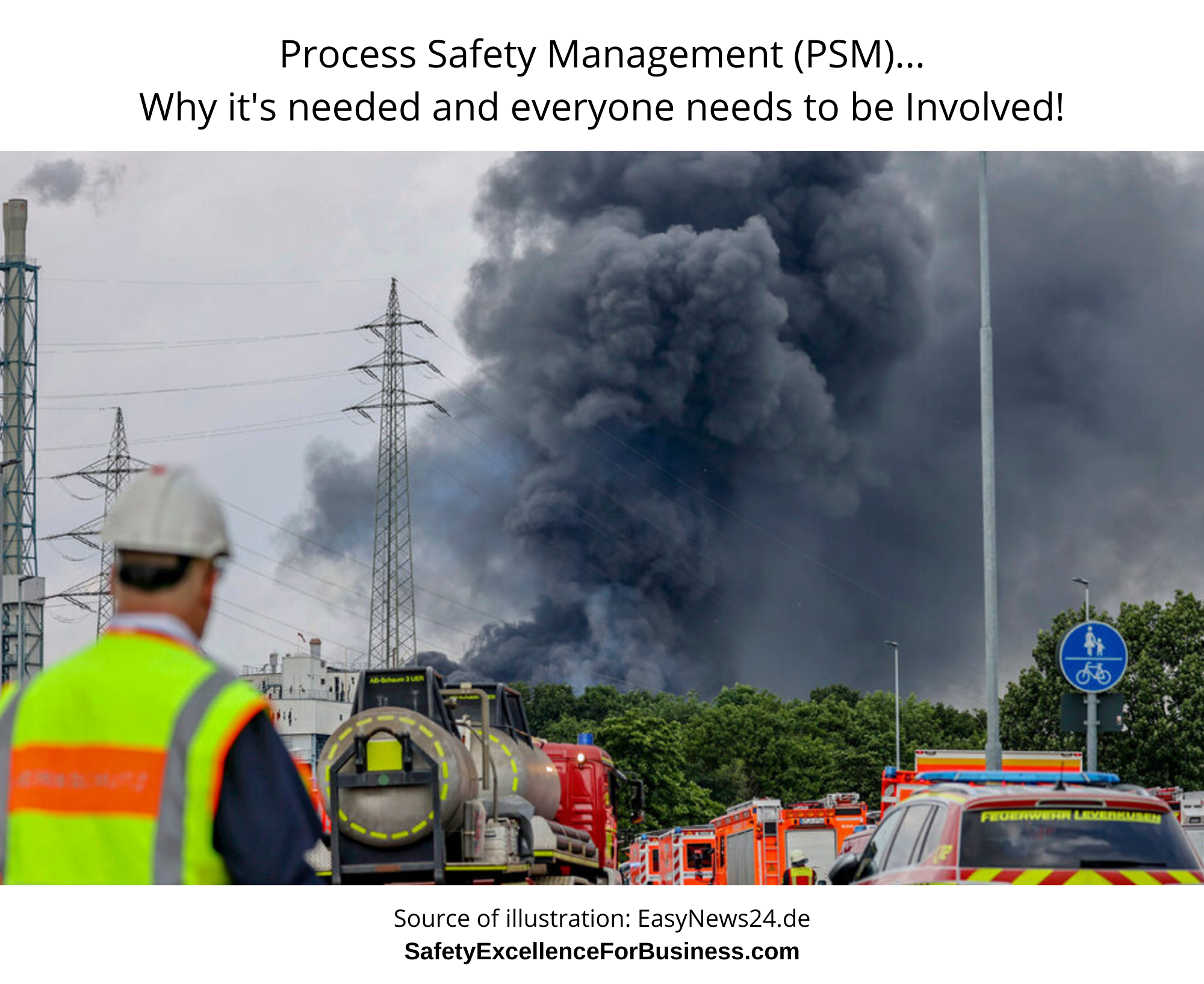
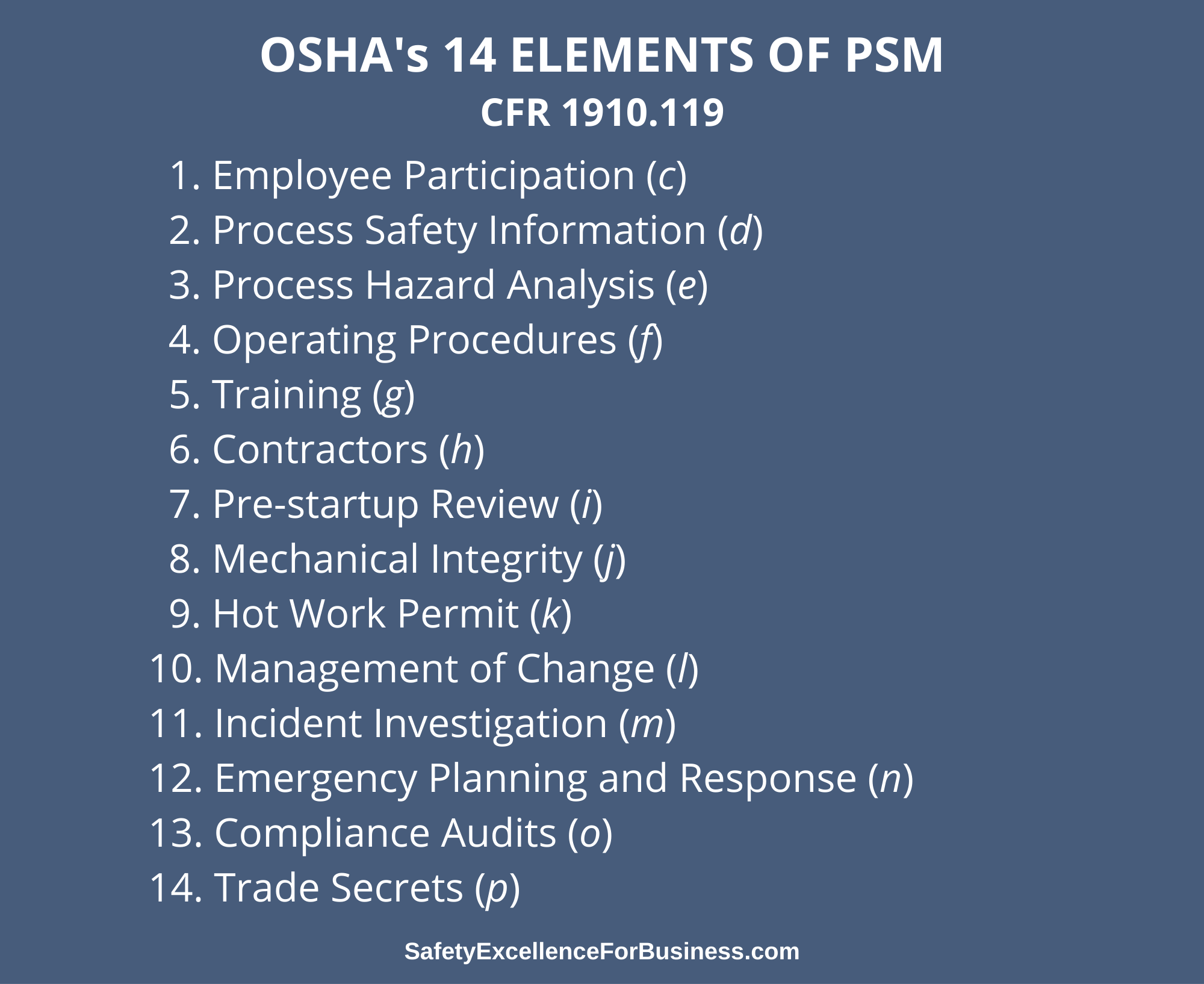

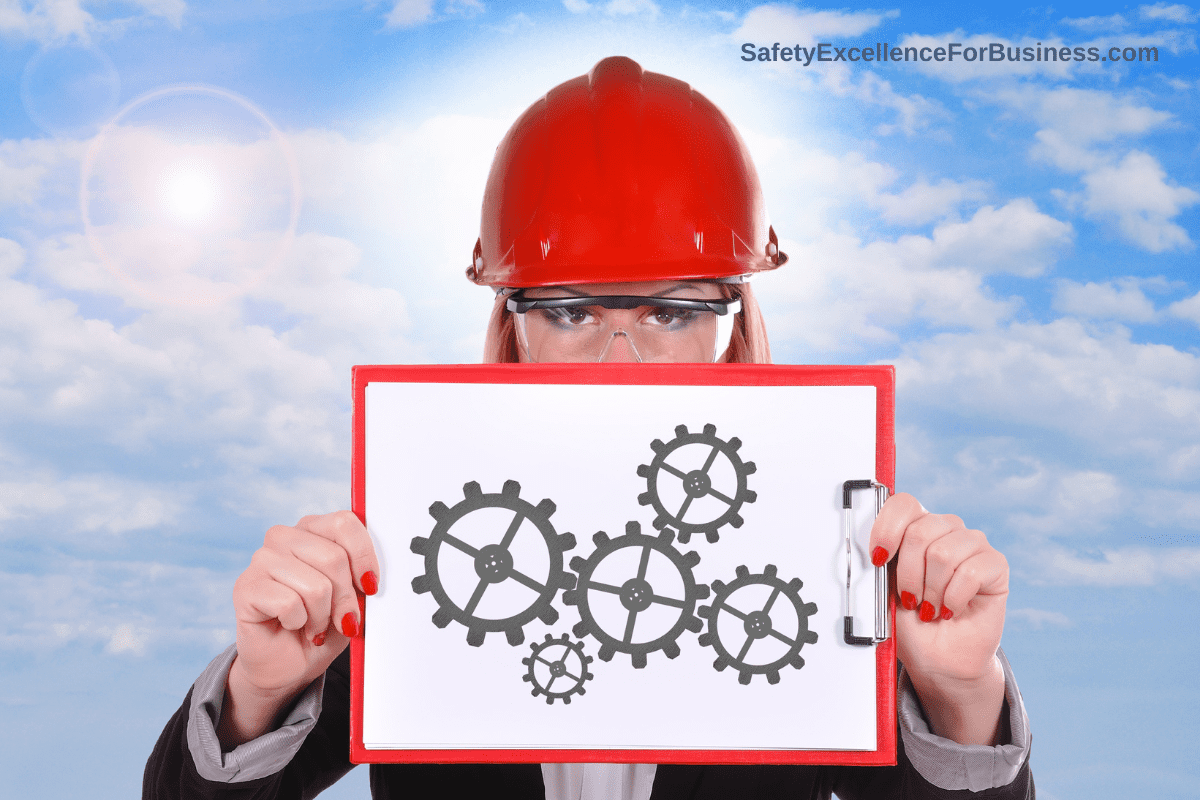

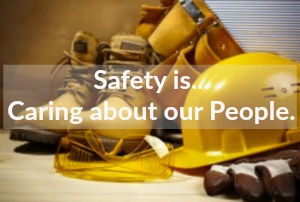 We are all familiar with OSHA as both a regulator for Safety Standards and Compliance in the workplace and as an Educator (offering Information and Training across-the-board on the OSH standards). Indeed, if you’ve not looked lately, go to
We are all familiar with OSHA as both a regulator for Safety Standards and Compliance in the workplace and as an Educator (offering Information and Training across-the-board on the OSH standards). Indeed, if you’ve not looked lately, go to 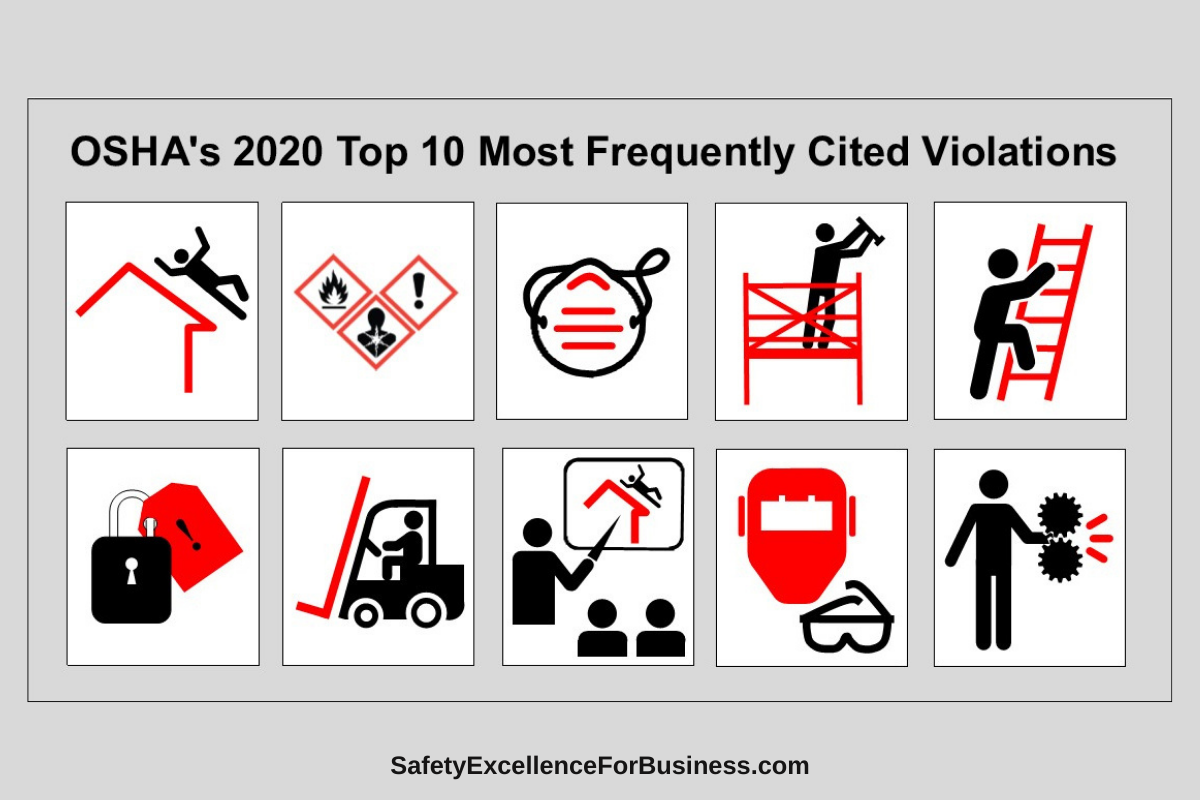

 So many people are sick and have died that I expect that almost everyone knows of someone who has the virus. Hopefully we are coming to the point where the increases in the number of the sick and those who have died is leveling off and may be headed down.
So many people are sick and have died that I expect that almost everyone knows of someone who has the virus. Hopefully we are coming to the point where the increases in the number of the sick and those who have died is leveling off and may be headed down. This pandemic has created a lot of change and instability in our society. The FDA and the CDC have changed or suspended many rules and regulations in order to attack the pandemic and save lives. It is a period of high energy and creativity as people everywhere are coming up with ways to help people. Industries have shifted to making PPE-like face masks. The foodservice industry has shifted to take out and delivery. This creativity and positive energy is gratifying.
This pandemic has created a lot of change and instability in our society. The FDA and the CDC have changed or suspended many rules and regulations in order to attack the pandemic and save lives. It is a period of high energy and creativity as people everywhere are coming up with ways to help people. Industries have shifted to making PPE-like face masks. The foodservice industry has shifted to take out and delivery. This creativity and positive energy is gratifying. Like all flus, we need to take it seriously and take appropriate steps to protect ourselves and our families. I have read a lot about what employers should do to protect their employees, which makes sense, but it sounds as if they are running a kindergarten class. OSHA has declared the flu as a recognized workplace hazard, so employers do have a responsibility to do what they can to protect the people, but there is a lot we can do for ourselves.
Like all flus, we need to take it seriously and take appropriate steps to protect ourselves and our families. I have read a lot about what employers should do to protect their employees, which makes sense, but it sounds as if they are running a kindergarten class. OSHA has declared the flu as a recognized workplace hazard, so employers do have a responsibility to do what they can to protect the people, but there is a lot we can do for ourselves. The pain and suffering is miserable.
The pain and suffering is miserable.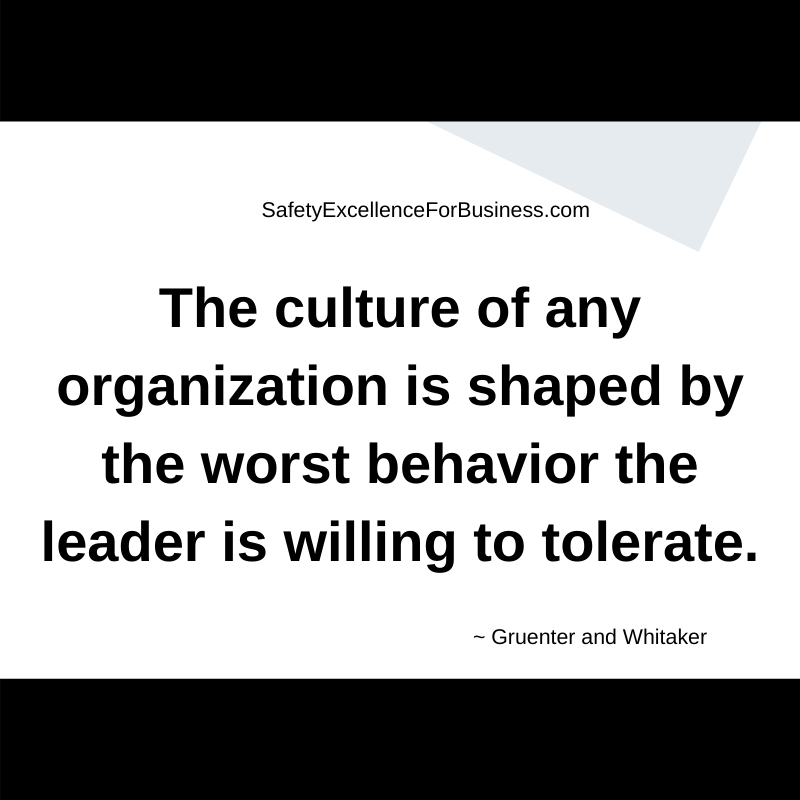 Changes are coming fast and furious. Everything seems to be changing all around us. This can cause unsettling feelings and a loss of control. However, in the middle of all this change, one area that can be steady for us is our relationships with each other.
Changes are coming fast and furious. Everything seems to be changing all around us. This can cause unsettling feelings and a loss of control. However, in the middle of all this change, one area that can be steady for us is our relationships with each other.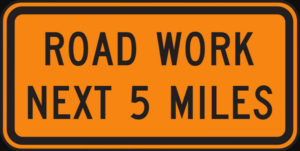 There have been five fatalities since the project began. All five of the fatalities have been “struck-by” incidents. The most recent occurred about October 1st, when a beam slipped off a piece of equipment and struck a worker on the head. One person was hit by a dump truck. Another died when he was hit by a piece of steel equipment. The fourth person died when a rebar cage fell on him, and the fifth person was killed when he was hit in the head by a pipe.
There have been five fatalities since the project began. All five of the fatalities have been “struck-by” incidents. The most recent occurred about October 1st, when a beam slipped off a piece of equipment and struck a worker on the head. One person was hit by a dump truck. Another died when he was hit by a piece of steel equipment. The fourth person died when a rebar cage fell on him, and the fifth person was killed when he was hit in the head by a pipe.




